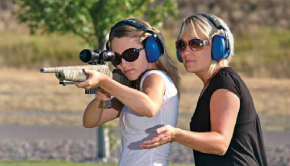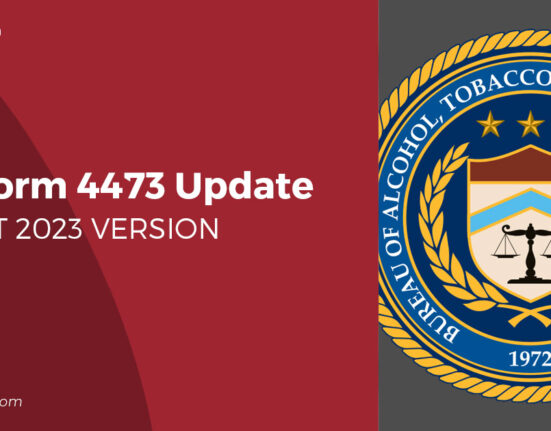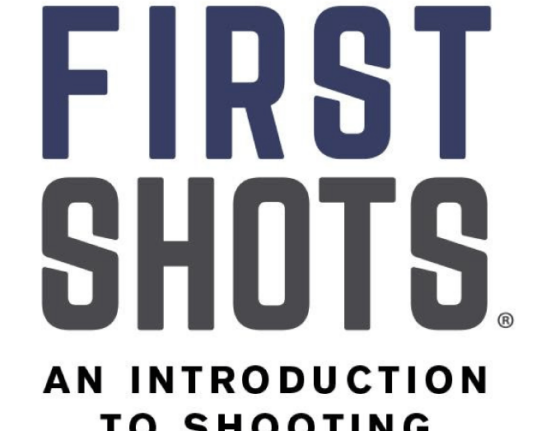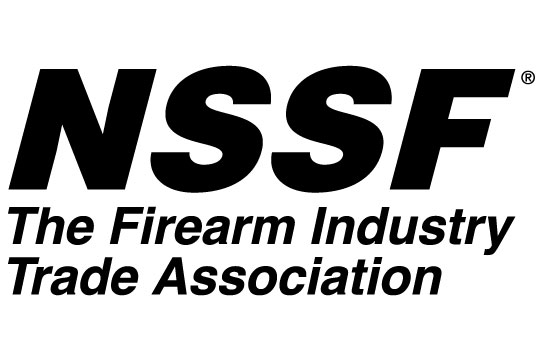Reprinted from SHOT Daily 4, 2015 by permission of National Shooting Sports Foundation and Bonnier Corp. Read the full edition here. Photos courtesy National Shooting Sports Foundation.
For many years, the gun community was viewed as a large, if not particularly diverse, group made up mostly of older white males. True or not, this is how we were viewed by the media and others outside of our immediate circle. A little more than a decade ago, that perception began to change, as more women entered the ranks of hunters, sport shooters, and gun owners. Marketing materials began to reflect that diversity, and now it’s not uncommon to open an enthusiast publication or manufacturer’s catalog and see a fair representation of both women and various ethnicities.
The National Shooting Sports Foundation and its members believe the next great wave of new shooters to enter this circle will come from the Millennial Generation. They’re not only coming in, but they’re also the group that has the potential to most affect gun legislation in the near future. For the firearm industry as a whole to continue to thrive, we must not only cater our marketing efforts to the Millennials, but also welcome them into the shooting-sports community.
To further that understanding and secure our future, NSSF tackled the myths and realities surrounding the Millennial generation and released its findings to NSSF business members in a comprehensive report: Millennials and the Shooting Sports—An In-Depth Exploration.
Who Are the Millennials
 Sometimes called Generation Y, the Millennials are a fluid group roughly defined as those people born between 1982 and 2004. Considered the largest, most diverse generation yet, they came of age in the digital era with ready access to computers and mobile devices. They’ve never known a world without the Internet and were shaped by both the events of September 11 and the recession of the late 2000s. Their upbringing, by so-called helicopter or peer parents, has given them a sense of entitlement and optimism. However, they’re still feeling the effects of the recession through high unemployment rates and student loan debt, and are likely to still be living with their parents well into their 20s. The NSSF focused its study on the 21-to 31-year-old segment, an age when Millennials are starting careers and forming opinions on topics such as politics and gun ownership.
Sometimes called Generation Y, the Millennials are a fluid group roughly defined as those people born between 1982 and 2004. Considered the largest, most diverse generation yet, they came of age in the digital era with ready access to computers and mobile devices. They’ve never known a world without the Internet and were shaped by both the events of September 11 and the recession of the late 2000s. Their upbringing, by so-called helicopter or peer parents, has given them a sense of entitlement and optimism. However, they’re still feeling the effects of the recession through high unemployment rates and student loan debt, and are likely to still be living with their parents well into their 20s. The NSSF focused its study on the 21-to 31-year-old segment, an age when Millennials are starting careers and forming opinions on topics such as politics and gun ownership.
Gauging the Millennials
In surveys of its members, NSSF discovered manufacturers, retailers, and ranges all had a high interest in Millennials and how to capture the attention and dollars of this diverse and widespread group. To better understand this important consumer segment and get a sense of their attitudes toward firearms, NSSF enlisted the help of YPulse, a leading youth-focused consumer research and marketing firm based in New York City.
Early last year, a pop-up online community was set up to track conversations of 30 recruited participants from 21 to 31 years old, with a balance of gender, age, race, and ethnicity. The group was assigned tasks relating to experiences, barriers, and knowledge. In addition, Millennials were invited to a private session at Smith & Wesson’s employee range to target shoot and provide feedback. A live panel discussion with Millennials was held at the 2014 NSSF Industry Summit in June, where it was determined this increasingly important segment needs some attention from our industry.
Millennials and the Media
Considering the anti-gun message that is so prevalent in the mainstream media, Millennials are surprisingly open-minded when it comes to shooting sports and firearms ownership. While they may be wary of firearms initially, they are open to new experiences and are willing to form their own opinions rather than rely on media to dictate their beliefs.
“We all know when it comes to gun ownership, a lot of what the news reports is not positive,” says Jim Curcuruto, director of industry research and analysis for NSSF. “One interesting takeaway from this research is that Millennials don’t put 100 percent faith in the news. They use family, friends, the Internet, and other sources to research and get information so they can form their own opinions. Millennials don’t like to be told what to think, so there is hope.”
Millennials and Guns
Due to their open-mindedness, Millennials don’t have an inherently negative view of firearms, though they are wary of them. Mostly, guns and the shooting sports aren’t on their radar, which is cluttered with information coming from all directions. Although they do have a basic understanding of the Second Amendment and may have had exposure to a firearm from a parent or grandparent, they require positive support from peers and family members to make the leap to gun ownership and the shooting sports.
Of the different disciplines surrounding the shooting sports, target shooting is seen as the most appealing. Learning the skills and thrills of firearm control and accuracy is viewed as both useful and empowering, but rarely do Millennials discuss firearms in terms of self-protection. Instead, shooting is considered a fun activity that can be done as a group. It’s worth noting that this generation raised on social media rarely does anything alone, so capturing just one new shooter often leads to their whole tribe wanting to participate. The group expresses great concern about safety and gun handling, often worrying that they the lack the skills and responsibility to own or operate a gun. Having an experienced shooter nearby greatly reduces their fear.
Teaching Not Preaching
Like every younger generation, Millennials believe they have a greater comprehension of the world than the generation before them, and their ability to access troves of information from their phones and mobile devices nearly validates this. Talk down to them or exclude them from the conversation and you’ve lost them forever. Instead, make information available for them to access at their leisure. This generation is used to having the world at their fingertips, so give it to them with an easy-to-navigate website and solid social-media strategy.
“Education is going to have to be a big part of the outreach to Millennials,” says Curcuruto. “Firearms info—both good and bad—is out there and it’s part of how they form their belief systems. Provide them with positive reinforcement and do more things to make the education easier. If you educate and  train them, you’ll get a higher return. Keep in contact with them. Let them know what’s out there.”
train them, you’ll get a higher return. Keep in contact with them. Let them know what’s out there.”
This messaging shouldn’t be limited to individual organizations. Instead, the firearms industry as a whole needs to adapt to be more welcoming to the next generation. Most important, don’t forget about them. Manufacturers, retailers, and ranges need to incorporate Millennials into their marketing or risk becoming irrelevant.
“Millennials may look and act different, but they are important to the future of gun ownership in America, whether as participants or a political force,” says Curcuruto. “Understand how important and influential they are and start doing something to reach out to them. If everybody does that, the industry will have a better chance of thriving.”
To access the NSSF report visit nssf.org/research.







